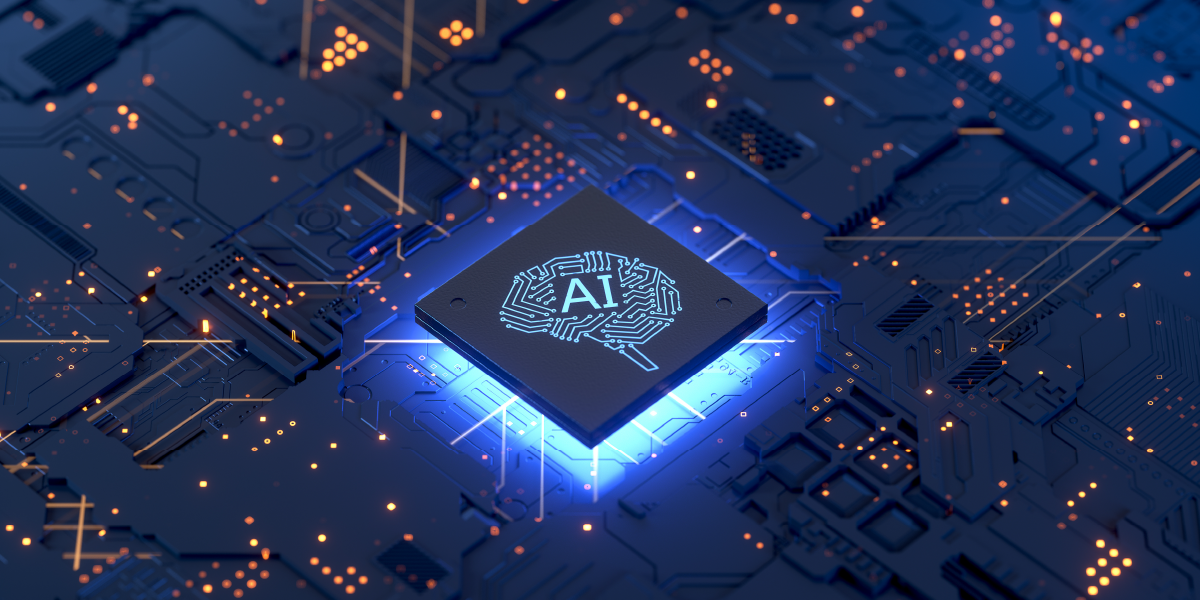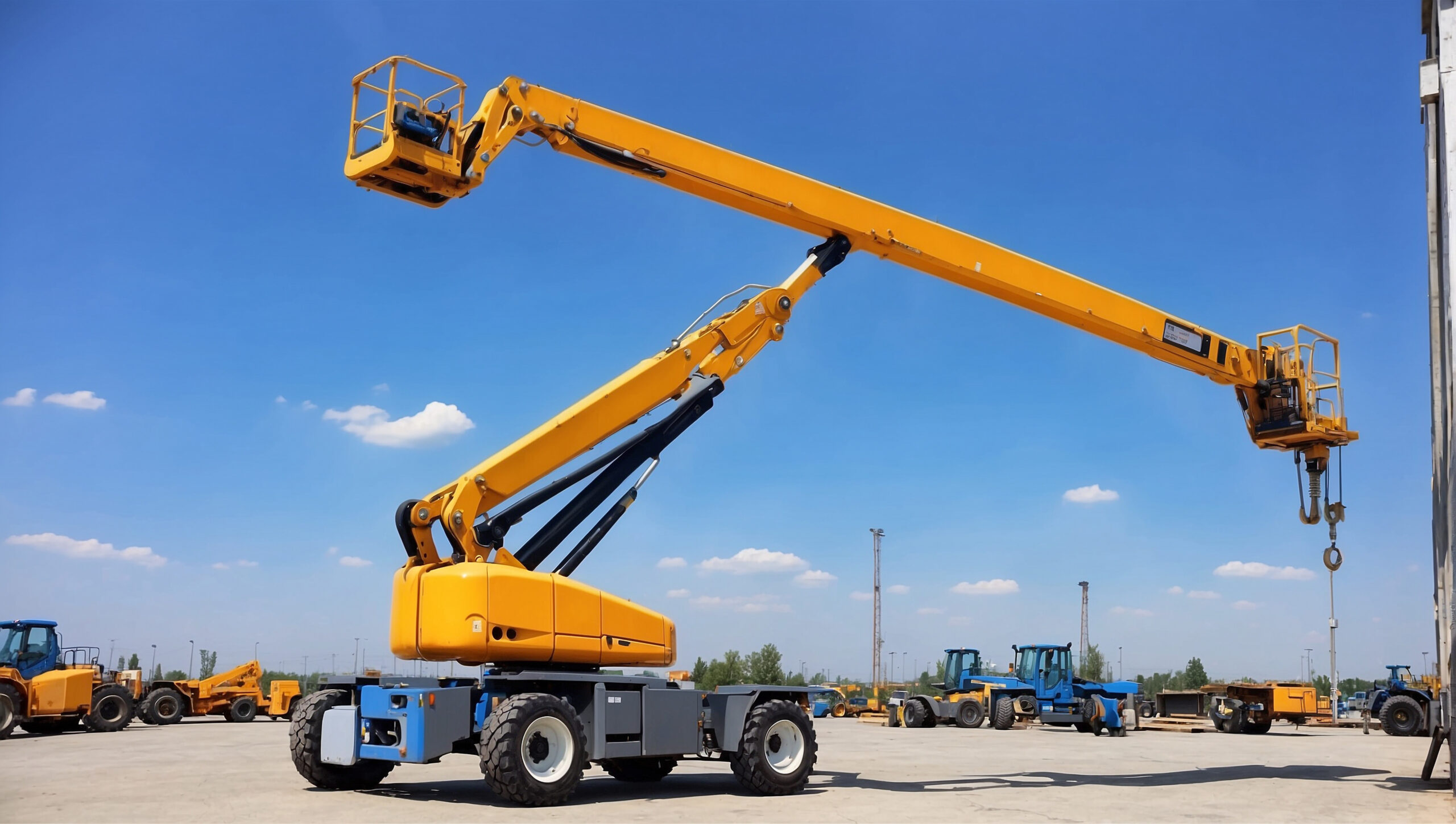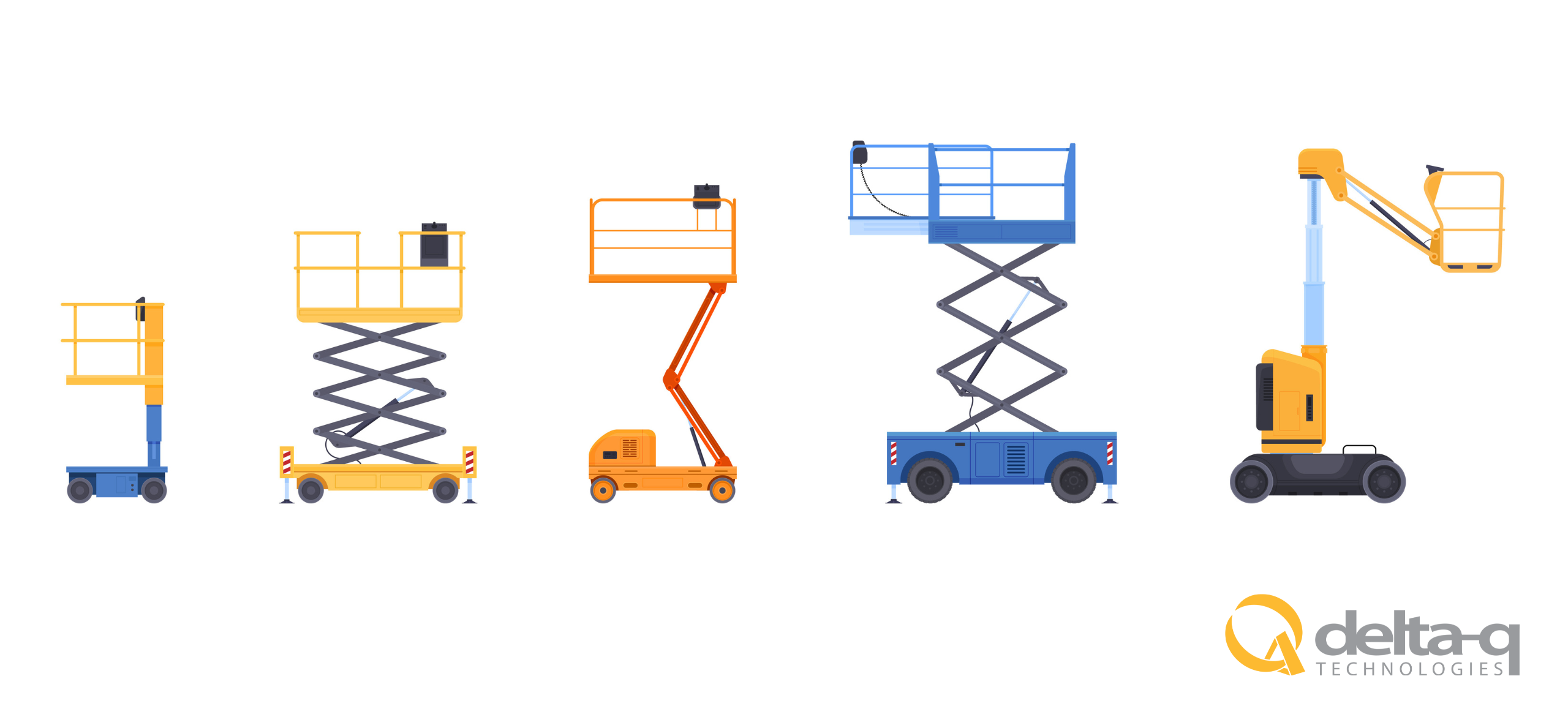Artificial intelligence and machine learning have enabled numerous industries to augment their operations by assigning simple, repetitive tasks to robots and reprioritizing their labor on more complex or value-add services. This is primarily seen in floor care through the growing adoption of autonomous mobile robots (AMRs).
Although accelerated adoption was initially spurred during the pandemic (e.g., maintaining cleanliness, challenges with maintaining and allocating personnel), this trend is permanent. Current projections expect the AMR industry to see 26.42% compound annual growth (CAGR) through 2028, resulting in industry-wide valuation reaching over USD 10 billion.
Floor care original equipment manufacturers (OEMs) looking to prepare for and adapt to the future should partner with robotics, battery, and charging experts to protect or gain market share as they enter the rapidly growing AMR market.
Benefits of AMR Floor Care
The introduction of AMRs for floor care enables substantial efficiency gains for any cleaning company. Its benefits include:
- More consistent coverage
- More frequent cleaning
- More tailored cleaning routes
- Labor cost savings
- Cleaner facilities
- Staff and customer safety
But OEMs require more than adding AI and machine learning systems to enter the mobile robotics market.
The technologies and components used to manufacture their AMR offerings must be safe, reliable, high-performing, and cost-effective to ensure that the deployed robots can operate under minimal or no supervision. Some machine components may require re-engineering. And in an industry characterized by precision, high performance, and efficiency, suppliers need to uphold these high standards and adapt to the needs of their customers.
Working Alongside AMRs
Floor-cleaning business owners must recognize that AMRs are not a replacement for their existing labor force but a means to augment it. Generally, AMRs will handle repetitive, time-consuming tasks (e.g., cleaning large, open floors). And with their recovered bandwidth, personnel can instead focus on more complex jobs or those that require greater attention.
For example, the Raleigh-Durham Airport in North Carolina has deployed a fleet of AMR floor scrubbers to help clean its 19 million square feet of space. Per Kevin Barton, Vice President of Operations for FlagShip Facility Services, Inc, the amount of time these AMRs have freed up for airport employees is “a game-changer.”
Furthermore, existing personnel will be instrumental to floor care AMRs’ continued advancement. Many AMR machines still support manual operation. Operators can take manual control of the machines in the short term to perform their tasks (e.g., sudden spills or specific cleaning requirements). This is often required at the start of deployment so the machines can record movements and cleaning specifications to apply autonomously later on.
By working alongside and occasionally taking manual control of AMRs, their machine-learning capabilities will continually refine AI systems for better performance.
Different OEM Development Approaches for AMRs
Two approaches have emerged for entering the AMR floor care field: internal and outsourced development.
While some OEMs may choose to build an internal AMR team, this will likely lengthen their time-to-market, even if they’re well-established. Standing up a new AI team is a complex and intensive endeavor.
Other OEMs have begun pursuing partnerships to access robotics experts’ insight and outsourcing the AI system development. For example, the AMR floor scrubbers deployed at the Raleigh-Durham Airport involved collaboration between Tennant Company’s long-standing OEM expertise and Brain Corp’s mobile robotics leadership.
New, automated versions of sweepers and scrubbers can be more quickly developed by implementing proven technologies from these industry leaders onto a well-established platform.
Robotics as a Service (RaaS) for Flexible Deployment
OEMs have enabled better AMR adoption once their machines reach the market via “robotics as a service” (RaaS). This arrangement leases floor care AMRs to individual companies, which allows them to flexibly scale their resources as needed.
For RaaS, OEMs must seriously consider developing and including on-board chargers to minimize lost or damaged equipment. Matching a reliable battery and on-board charger solution with the robot to optimize integration, prevent machine downtime, and support opportunity charging is critical to maximizing reliability and uptime for RaaS-focused customers.
Battery and Charging Considerations for AMR Floor Care
Given the performance demands AMR floor care units will require, OEMs should strongly consider leveraging the advantages provided by lithium batteries.
Sealed lead-acid (SLA) batteries—gel or absorbent glass mat (AGM)—have improved battery performance for floor care machines over previous flooded lead-acid (FLA) options. But the power density, longer charge duration, rapid charging, improved safety, and longer life span of lithium batteries all significantly outperform lead-acid options and help reduce units’ total cost of ownership (TCO).
Beyond lithium batteries, two particularly important considerations that OEMs must account for during AMR development are the inclusion of sophisticated battery management systems (BMS) and charge coupling design.
The BMS will feed essential information to the AI system responsible for operating the AMRs (e.g., battery health, remaining charge, time spent charging). While telematics data provided to fleet managers will help optimize day-to-day resource allocation and predictive maintenance, this data will also be critical to ensuring AMRs recognize low-charge states and return to a charging station or pre-configured area.
Charging Considerations
Once the AMR has returned, OEM decisions regarding charge coupling will affect whether personnel must be immediately available. If traditional plug-in charge coupling is favored, cleaning companies must ensure someone can manually complete the connection. But if an OEM decides on fully autonomous operation, they’ll need to determine which sophisticated charging method to use.
Guided plate-to-plate connections used to eliminate manually completed connections are often favored by other industries but may not work for AMR floor care due to the potential presence of liquid splashes and sprays (e.g., water, cleaning fluids). For the same reason, any charger used with AMR floor care units should meet an IP66 rating for protection against physical and liquid ingress.
OEMs may choose to implement wireless charging for optimal safety and better support of autonomous operations. However, these methods add numerous engineering and manufacturing complexities (along with higher costs).
Meeting the Mobile Robotics Industry’s Evolving Needs
The mobile robotics industry is constantly evolving, with floor care machine manufacturers requiring better batteries and chargers to create reliable, efficient, and safe products with longer run times. While lithium batteries’ power density advantages will help reduce battery size compared to sealed lead-acid alternatives, the design, testing, and manufacturing considerations remain significant.
OEMs entering the AMR floor care industry will require reliable partnerships with battery and charger suppliers to meet these evolving needs—much like the partnerships some have already formed with robotics and AI industry leaders.




